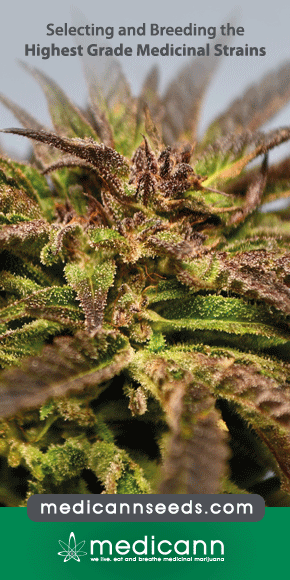Medicinal Cannabinoids in Palliative Care
The treatment of symptoms in people with palliative diagnoses begins with meticulous clinical assessment with treatment choice (s) selected based on an understanding of the symptom aetiology and the evidence which underpins its treatment. Increasingly the merits of palliative care have been established earlier in the disease trajectory where treatment outcomes may include increased survival and maintenance of function. There is strong public support for the availability of medicinal cannabis, particularly for people with palliative diagnoses.


